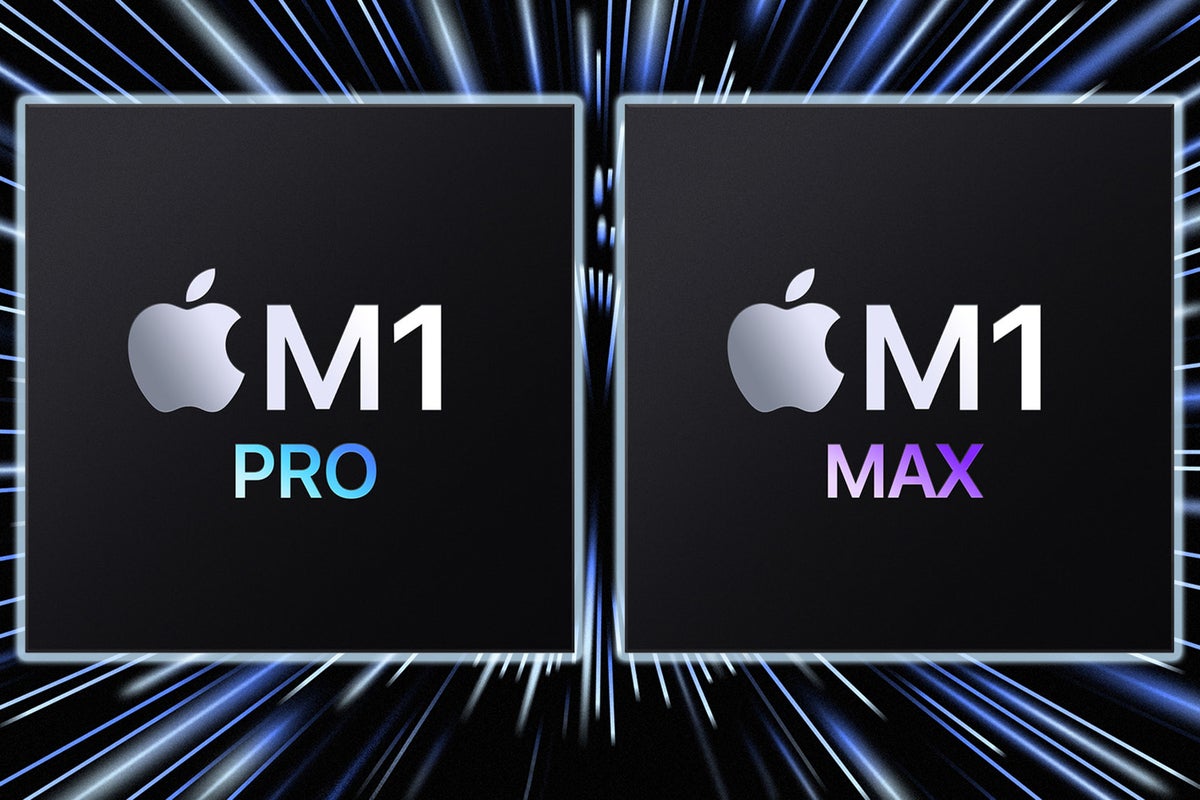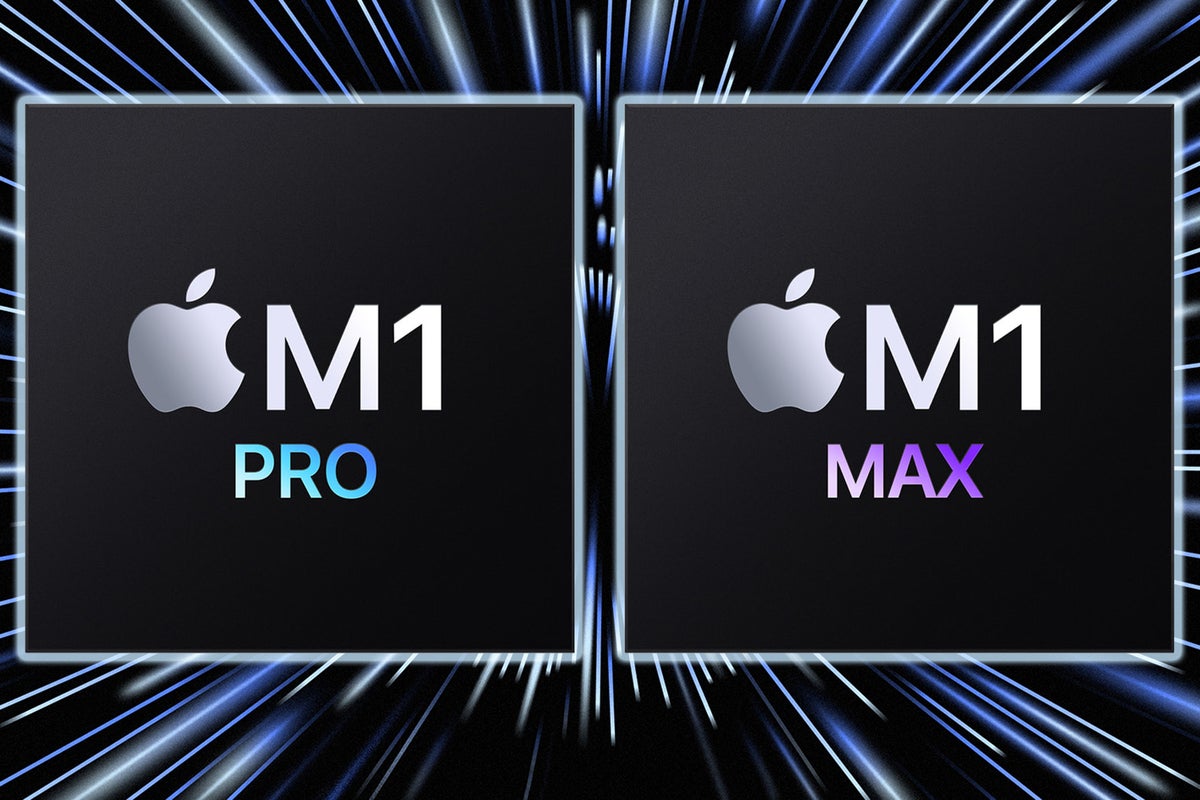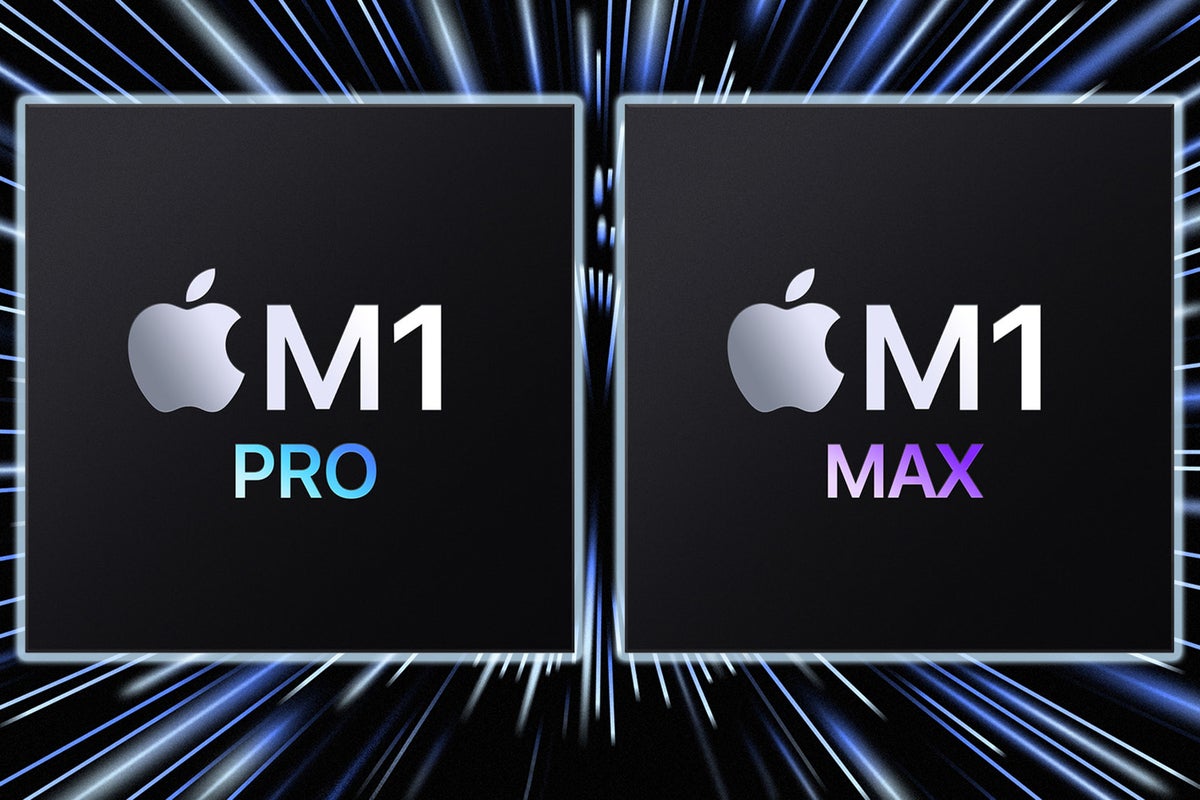
Three weeks after Apple unveiled its new MacBook Pro laptops, orders for virtually all models still extend out for weeks — as they have pretty much from the start. If you didn’t order right away on Oct. 18 or manage to snag one in an Apple store after Oct. 26, you’ll be waiting a while.
Supply chain issues are part of that problem, but the long-awaited transition from Intel’s chips to Apple’s custom ARM-based system-on-a-chip also highlighted the built-up in demand for true pro-level hardware. And make no mistake, the M1 Pro and M1 Max chips are pretty much everything Apple users would have wanted, sporting both high-performance/high-efficiency cores, up to 64GB of RAM, a variety of GPU core options, and benchmarks that basically shout Apple’s underlying message to the industry as a whole: keep up.
There’s a reason the Apple event was called “Unleashed.”
The performance/power problem
For years, there were rumblings that Apple execs weren’t particularly happy with the power/performance ratio of Intel’s processors. The performance-per-watt ratio was never quite good enough. Intel chips that ran cool enough to use in a MacBook Air, for instance, were never considered high-performers. And the company’s more powerful chips consumed too much power and generated the heat to match. (That’s a bad combo for laptops.) Each chip from Intel forced a compromise Apple engineers had to design around, leading to Apple’s own foray into chip design.
The M1 Pro and M1 Max improve on the already impressive M1 chip that debuted last year in the 13-in. MacBook Pro and MacBook Air. (Apple still sells the smaller MacBook Pro, but it lives in the shadows now of its big brothers.) The new 14-in. and 16-in. MacBook Pros are meant specifically for business and power users and offer more than just multi-core SOCs: there’s also the 16-core Neural Engine, ProRes hardware accelerators (for high-end video editing), 16GB, 32GB or 64GB of unified memory, up to 8TB of high-speed storage, mini-led ProMotion displays, and a battery that can last the entire workday.
That’s just the hardware side: Because Apple wrote macOS Monterey specifically to take advantage of the custom hardware, the MacBook Pros deliver performance at unprecedented efficiency. And while there are still computers that are technically faster, there aren’t any that can match Apple’s performance-per-watt. These new Macs seem to defy logic and the age-old expectation that more power always means more heat and less battery life.
Intel couldn’t keep up, and so it’s been left behind. Now, it’s up to macOS developers to make sure they’re not left behind, too. They have to keep up, too.
Developers have work to do, too
Since Apple Silicon is an entirely different hardware architecture, existing applications need to be recompiled, at best, or rewritten, at worst, to fully take advantage of what Apple has delivered. Apple offers Rosetta 2, a compatibility wrapper that enables most x86 Mac applications to run seamlessly on Apple Silicon. Most end users won’t (or at least, shouldn’t) notice; their apps should just work as-is (and some will actually run faster on Apple Silicon, even with the Rosetta 2 translation layer). As developers bring their software fully in line with the M1 chips, their apps should see substantial performance gains.
There are limits to the Rosetta 2 compatibility. Not everything will run; virtual machines and apps designed around kernel extensions won’t function properly, or at all. That’s why software developers can’t rely on Rosetta 2 as anything more than a stop gap; it’s not a good idea to leave your users hanging for too long. Big players such as Adobe and Microsoft are already making the transition to Apple Silicon; many others have pledged support, and the stragglers will get there eventually — or they’ll be replaced by alternatives. Given the speed with which Apple is innovating on the hardware side, I wouldn’t wait long if I were a developer.
Apple learns some lessons
The last time Apple released a new notebook, I remember being disappointed as both a longtime Apple user and as a Mac admin. I wanted to want one, but I didn’t. The updates Apple offered in the previous generation of MacBook pros didn’t fit my needs. I was never a fan of the Touch Bar technology, thought the butterfly keyboard serviceable, didn’t like losing the MagSafe connector, and really didn’t like that Apple eliminated all of the port options that put Pro in MacBook Pro. While that MacBook Pro line sold well, the complaints persisted. That’s why all of the changes in the new models are so welcome.
It’s why, unlike the last model, I very much want one of these. And I keep wondering: if Apple can get this much performance out of the MacBook Pro, what’s the desktop Mac Pro going to be like?
Get busy, admins
Mac admins also have to keep up, too: these new laptops mean MDM solutions and business-critical apps need to be tested to make sure they play well with macOS Monterey. And the arrival of the M1 Pro and M1 Max models means admins have another set of hardware to test compatibility for. While any Mac admin worth his or her salt should have been testing for Monterey compatibility since WWDC, the process of ensuring Apple Silicon hardware is compatible with existing deployments can no longer be ignored.
Reminder: it’s no longer possible to purchase a MacBook Pro with an Intel chip.
And while Intel Macs will be supported for many years to come, Apple Silicon is here, and it’s the future — ready or not.
No change is without pain, and while Apple’s transition to a new chip architecture will cause issues in some production environments, these are good problems to have. The hard part for chipmakers, hardware rivals, developers and Mac admins will be keeping up with Apple now that it is, indeed, unleashed.



